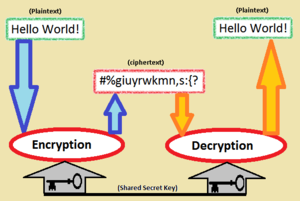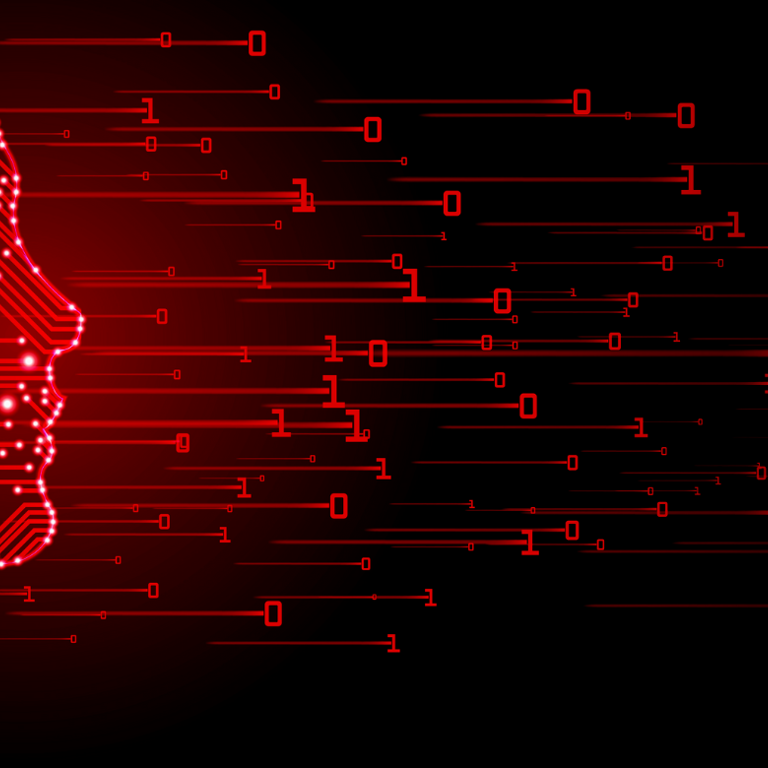‘Unhackable’ Cryptography
As computers get faster, and more powerful. And hackers get smarter and more sophisticated, it's getting harder to protect sensitive information transmitted over the internet.
But hacking sensitive data might become a thing of the past as researchers have almost perfected the most sophisticated way of encrypting information. Quantum cryptography - but now without the optical fibers that are usually required.
The idea was developed by Cambridge University engineers in the UK and by Toshiba’s European research laboratory. It takes everything a step closer to what is now being dubbed ‘unhackable’ and can soon be introduced into credit card transactions.
What is Quantum Cryptography?
Quantum cryptography was developed from the laws of quantum theory to create what could be uncrackable codes that can even show if they've been messed around with or snooped on. The reason it's uncrackable is because it works with the laws of quantum physics. If you try to observe a photon particle, it reacts differently as to how it would react if you were not observing it. It is rather hard to explain so I'll leave that part to an expert. Alex Filippenko explains it with the double helix experiment in the video below.
Quantum cryptography uses single photons, the smallest particles of light, in different orientations to produce a continuous binary code, or "key," for encrypting information. The rules of quantum mechanics ensure that anyone intercepting the key is detected, providing highly secure key exchange.

A similar technique is already being used by governments and the military but one of the issues caused by it is that the quantum keys to encode and decode the information have to be sent on single photons (particles of light) across an optical fibre separate from the line carrying the data itself. This made it extremely complicated and expensive - especially for long distances. But this has now changed.
Andrew Shields from Toshiba Research in Cambridge stated: "The requirement of separate fibres has greatly restricted the applications of quantum cryptography in the past, as unused fibres are not always available for sending the single photons, and even when they are, can be prohibitively expensive,".
"Now we have shown that the single photon and data signals can be sent using different wavelengths on the same fibre."
The Toshiba system, outlined in research published in the journal Physical Review X, still requires an advanced detector that picks up the encryption key in a time window of just 100 millionths of a micro-second, at the expected arrival time of the single photons.
The detector is able to filter out 'noise' in the fibre which is caused by data itself therefore avoiding the cost of dedicated optical fibre lines.
Previously, quantum cryptography did work on shared optical fibres but only through short distances, with low capacity rates, or with data moving only in one direction.
The researchers state that their system can move data back and forth over 50 km with the encryption.
Learn about Cryptography
Opportunities in IT security are popping up everywhere so why not take it? Get the right security certification and earn on average £50,000. Here are two certs which are highly respected, guarantee career advancement and teaches you about cryptography. Read about the top IT security certifications, what you'll learn and how much you can earn here.
